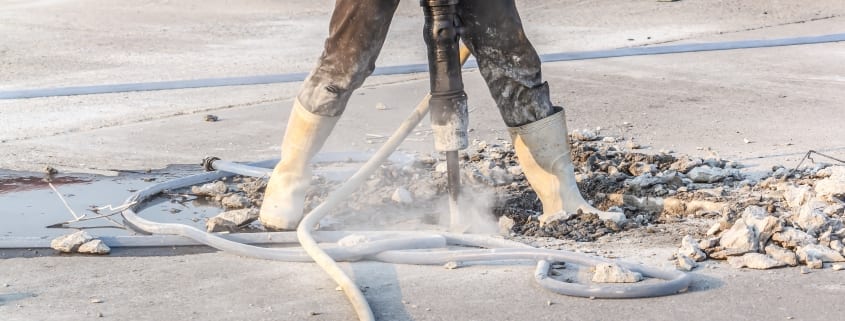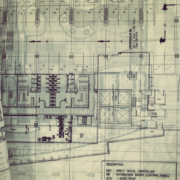When It Makes Sense to Use the Section 179 Tax Deduction, and When It Doesn’t
Here is some good news for small business owners: You are eligible to receive a substantial, upfront tax break when you purchase new assets under the Section 179 tax deduction. This article will discuss when it is financially prudent to utilize the deduction and when it doesn’t.
When you purchase a new asset to use by your business, for example; machines, office furniture, cars or trucks, you are not generally permitted by the Internal Revenue Service to subtract the total cost of the asset from your taxes at a single time.
Here’s what should happen instead: You are supposed to divide the cost of the purchase over the anticipated life of the asset you bought. This is what is known as depreciation. As an example, the IRS expects that a computer will last for five years, so that means you would only be allowed to deduct 20 percent of the purchase price each year.
By taking the 179 deduction, you are able to subtract the total purchase price of the asset in the first year. According to the IRS, this tax deduction applies to:
- Cars, trucks and other vehicles
- Equipment
- Machines
- Technology
- Tools
If you opt to finance the purchase of the asset with a loan, you can still receive the deduction for the entire purchase price, plus you can deduct the borrowing costs from your taxes when you utilize the 179 deduction. Changes to the tax code that went into effect in 2018 increased the size of this deduction, enabling small businesses to take off up to $1 million of asset purchases annually.
If you are planning to purchase an asset that qualifies for the Section 179 deduction, it usually makes sound financial sense to take it now rather than later. Here’s why:
- You get the largest deduction now, rather than spreading it out over several years
- You will have extra cash to reinvest back into your business
Imagine that your business tax rate is 35 percent. You decide to purchase $200,000 in assets and use the 179 deduction on this year’s taxes, saving you $70,000, which is 200,000 x .35. Without using the deduction, you would have had to extend the tax break over at least five years (dependent on the IRS depreciation for what you purchased), giving you a break of $14,000 annually.
There is also another benefit from using the deduction: It makes tax planning simpler because you won’t have to remember to keep up with an assets depreciation schedule each year. You can instead write off the entire purchase cost at once, making your record keeping easier.
There are also times when you should skip taking the deduction. For example, if your tax rate is already low and you anticipate owing additional taxes in the future, you might consider using the regular depreciation schedule. That will put off the deduction until it will save you more in taxes.
The deduction begins to phase out with the purchase of $2.5 million in assets and is completely gone when you reach $3.5 million in purchases. These limits are to ensure that only small businesses can benefit from the deduction.
Be aware that the deduction can also cancel out the first year of borrowing costs, or at least put a large hole in them when it is used. Deciding not to expand your business can be the most costly decision you will make. Money that you free up as a result of using the deduction can grow your business and take you where you only dreamed you would be.
When referring to taxes deduction, we can provide the most accurate guidance for your business tax deduction. If you have some questions about whether to use the section 179 deduction or not, please contact us so we can help you.







